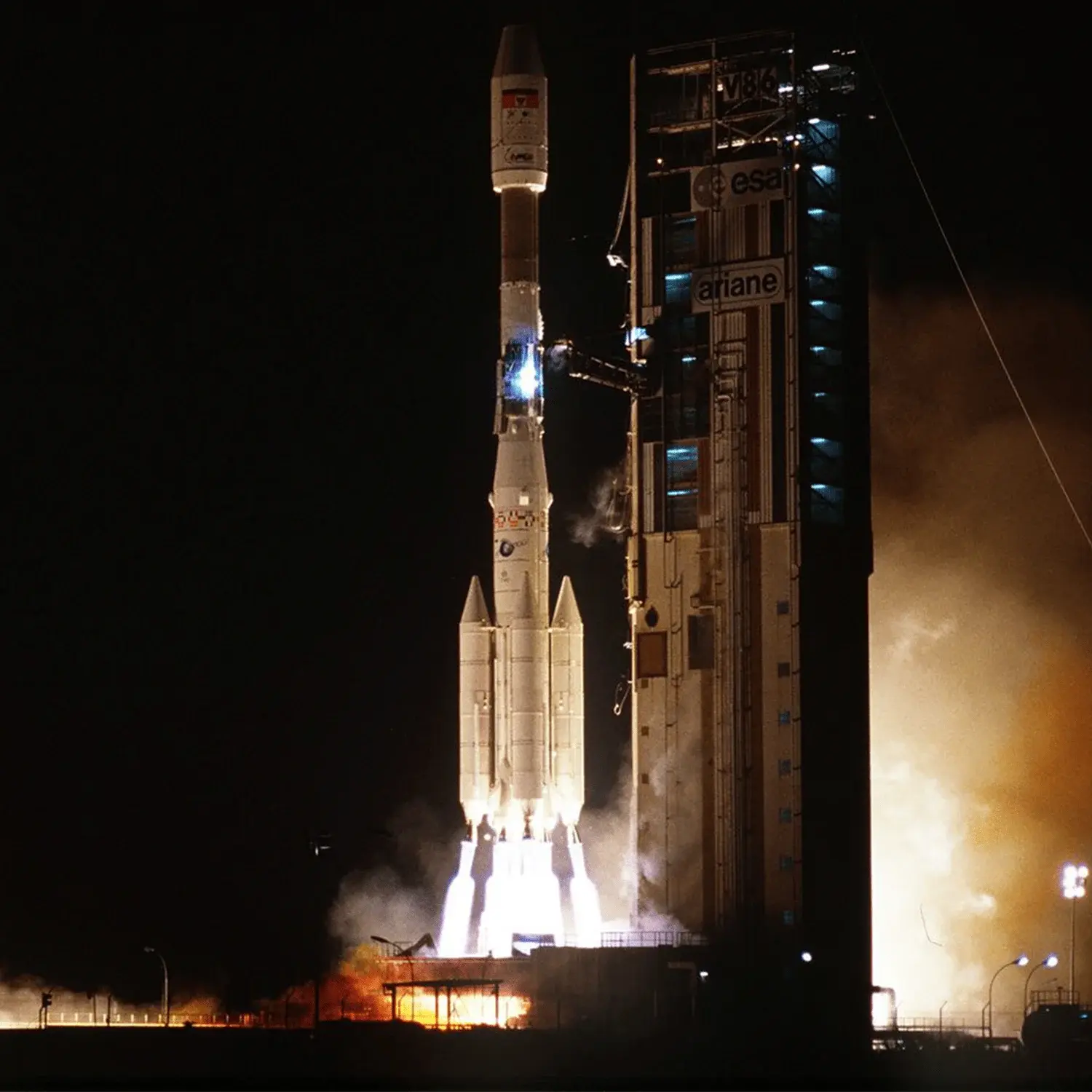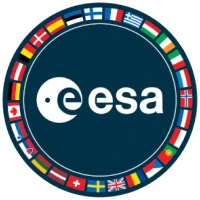TDF-2 & DFS-2
Launch Success
Liftoff Time (GMT)
22:25:00
Tuesday July 24, 1990
Mission Details
Launch Notes
Flight V37.
TDF-2
A 1980 French-German agreement to develop compatible direct broadcast satellite systems led to the creation of the French TDF (Télédiffusion de France) series of satellites which were launched in 1988 and 1990. The technical specifications of TDF are also virtually identical with those of TV-Sat, and both satellites share the same geostationary locale near 19 degrees W Based on Aerospatiale's Spacebus-300 platform, TDF spacecraft are about 1.3 metric tons on station with bus dimensions of 1.6 m by 2.4 m by 7.1 m and a payload mass of 250 kg. The solar arrays span 19.3 m and provide 4.3 kW at start of life. Both spacecraft carry five, high power (230 W) 18/12 GHz transponders and are located at 19 degrees W.
Geostationary Transfer Orbit
1 Payload
2,054 kilograms
DFS-2
The DFS series of satellites debuted in 1989 with the third being launched in 1992. Ordered in 1983 and produced by the GESAT consortium of MBB (flight segment prime contractor), Siemens (overall prime contractor), ANT Nachrichtentechnik (payload), Standard Elektrik Lorenz (digital switching equipment), and Dornier Systems (ground control system), DFS spacecraft are smaller than TV-Sat: on-station mass of DFS is 850 kg with a 15.4 m solar array span providing up to 1.5 kW of electrical power. The communications payload includes ten 14/11-12 GHz transponders with five spares and one experimental 30/20 GHz transponder with one spare. At the end of 1994 DFS 1-3 were stationed at 33.5 degrees E, 28.5 degrees E, and 23.5 degrees E, respectively. Like TV-Sat, the DFS Kopernikus series has been concluded.
Geostationary Transfer Orbit
2 Payloads
1,419 kilograms
Rocket


Manufacturer
ESARocket
Diameter: 3.8m
Height: 58.72m
Payload to Orbit
GTO: 4,720 kg
Liftoff Thrust
6,000 Kilonewtons
Stages
3
Strap-ons
4
Launch Site
Stats
Ariane 4
9th
Mission
3rd
Mission of 1990
European Space Agency
28th
Mission
3rd
Mission of 1990
1990
66th
Orbital launch attempt